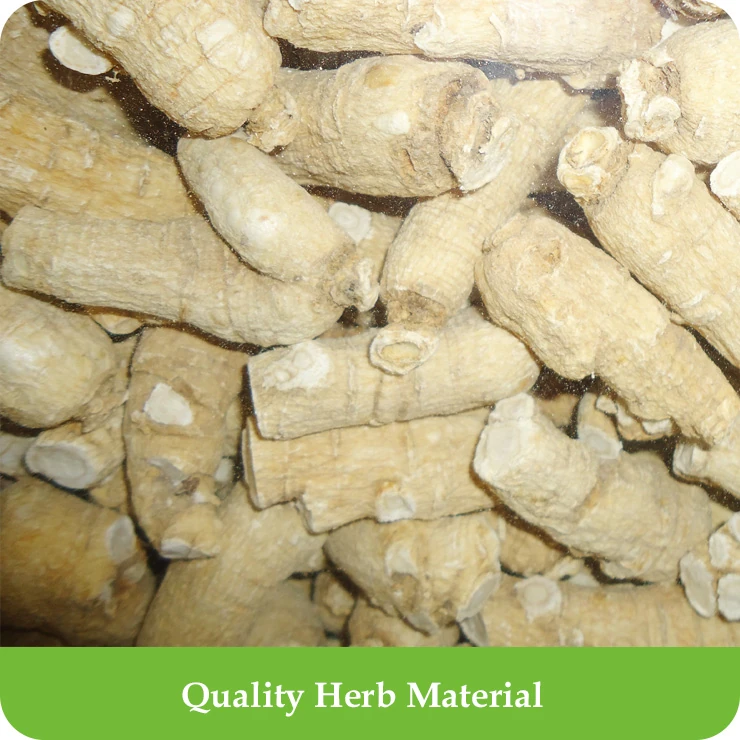In a world where sustainability and eco-friendliness are becoming increasingly important, the spotlight is turning to natural solutions for various needs. Among these, plant extract solutions have emerged as versatile and effective alternatives in healthcare to agriculture and beyond. Let’s delve into the fascinating realm of plant extracts and uncover their potential in addressing modern challenges.
The Power of Plants:
Plants have been a source of healing and nourishment for centuries, with traditional medicine systems worldwide relying heavily on botanical remedies. Modern science has only deepened our understanding of the intricate biochemistry behind these natural wonders. Within plants lie a treasure trove of bioactive compounds, each with unique properties and potential applications.
Plant extracts, from polyphenols and flavonoids to alkaloids and terpenes, boast a diverse array of chemical compounds. These compounds often exhibit antioxidant, antimicrobial, anti-inflammatory, and even anticancer properties, making them invaluable in various industries. Moreover, their natural origins often make them safer and more environmentally friendly than synthetic alternatives.

Applications Across Industries:
- Healthcare: Plant extracts are gaining traction in pharmaceuticals and nutraceuticals, offering promising avenues for drug discovery and development. Compounds derived from plants like turmeric, ginger, and ginseng have shown potential in managing conditions ranging from inflammation to neurodegenerative diseases.
- Skincare: The cosmetic industry is embracing plant extract solutions for their skin-loving benefits. Botanical extracts such as aloe vera, green tea, and chamomile are prized for their soothing, hydrating, and anti-aging properties, catering to the growing demand for natural and sustainable skincare products.
- Agriculture: In agriculture, plant extracts are emerging as alternatives to synthetic pesticides and fertilizers, promoting organic and sustainable farming practices. Essential oils derived from plants like neem and garlic exhibit insecticidal and repellent properties, offering effective pest management solutions without harming the environment or beneficial organisms.
- Food and Beverages: Plant extracts are also revolutionizing the food and beverage industry, serving as natural flavorings, colorants, and preservatives. Extracts derived from fruits, herbs, and spices not only enhance the sensory experience but also contribute health-promoting phytochemicals to the diet.
Challenges and Future Outlook: Despite their immense potential, plant extract solutions face certain challenges, including standardization of extract composition, scalability of production, and regulatory hurdles. Furthermore, the sustainable sourcing of plant materials is crucial to avoid overexploitation and biodiversity loss.
Looking ahead, advancements in extraction technologies, such as supercritical fluid extraction and nanotechnology, hold promise for overcoming these challenges and unlocking the full potential of plant extracts. Additionally, interdisciplinary collaborations between scientists, industry stakeholders, and policymakers will be essential in harnessing nature’s bounty responsibly and sustainably.
Chinese plant extracts offer several advantages that contribute to their prominence in the global market:
- Rich Herbal Tradition: China has a long history of traditional herbal medicine, spanning thousands of years. This deep-rooted tradition has cultivated extensive knowledge about the properties and uses of various plants, providing a strong foundation for plant extract research and development.
- Diverse Plant Species: China boasts a vast array of plant species, many of which possess medicinal or commercial value. These plants thrive in diverse climatic and geographical conditions across the country, providing abundant raw materials for plant extract production.
- Advanced Extraction Technologies: Chinese researchers and manufacturers have made significant advancements in extraction technologies, including methods such as supercritical fluid extraction, microwave-assisted extraction, and ultrasound-assisted extraction. These advanced techniques improve extraction efficiency and product quality, enhancing the competitiveness of Chinese plant extracts in the global market.
- Scale of Production: China has the capacity for large-scale production of plant extracts to meet domestic and international demand. The country’s manufacturing facilities are equipped with modern equipment and technologies, enabling efficient extraction and processing of plant materials.
- Quality Control and Standardization: Chinese plant extract manufacturers adhere to stringent quality control measures and often comply with international standards and regulations. This commitment to quality assurance ensures that Chinese plant extracts meet the safety and efficacy requirements of global markets.
- Cost-Effectiveness: Due to factors such as abundant raw materials, advanced technologies, and streamlined production processes, Chinese plant extracts are often cost-effective compared to those from other regions. This competitive pricing contributes to their widespread use in various industries worldwide.
- Diverse Applications: Chinese plant extracts find applications across a wide range of industries, including pharmaceuticals, nutraceuticals, cosmetics, food and beverages, and agriculture. Their versatility and effectiveness make them valuable ingredients in products ranging from herbal supplements to skincare formulations and functional foods.

Conclusion:
Plant extract solutions represent a harmonious fusion of ancient wisdom and modern innovation, offering a glimpse into a greener, healthier future. As we continue to explore the vast diversity of plant species and unravel their biochemical complexities, the potential applications of plant extracts are virtually limitless. By embracing nature’s power, we can pave the way towards a more sustainable and resilient world for generations to come.







